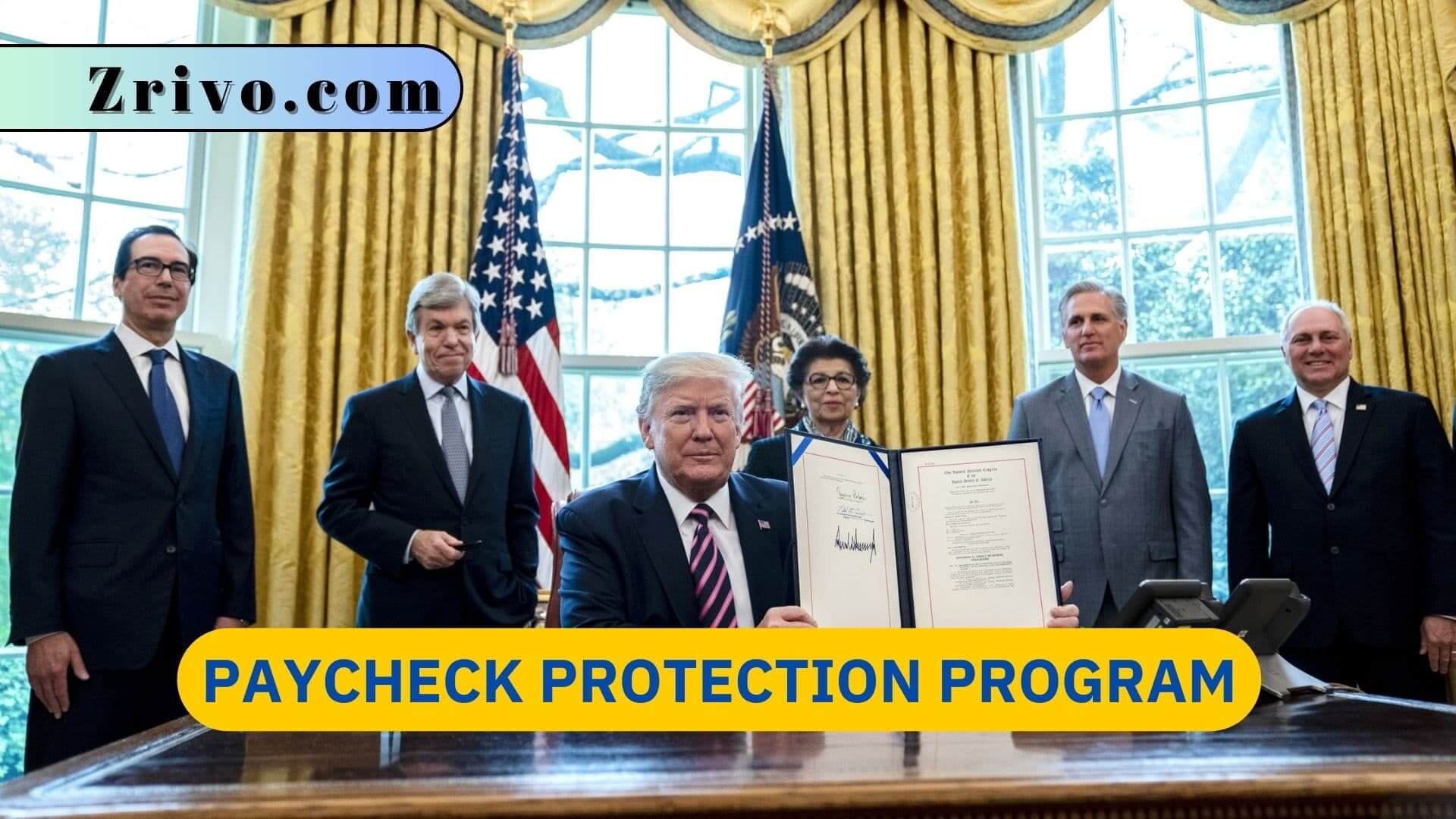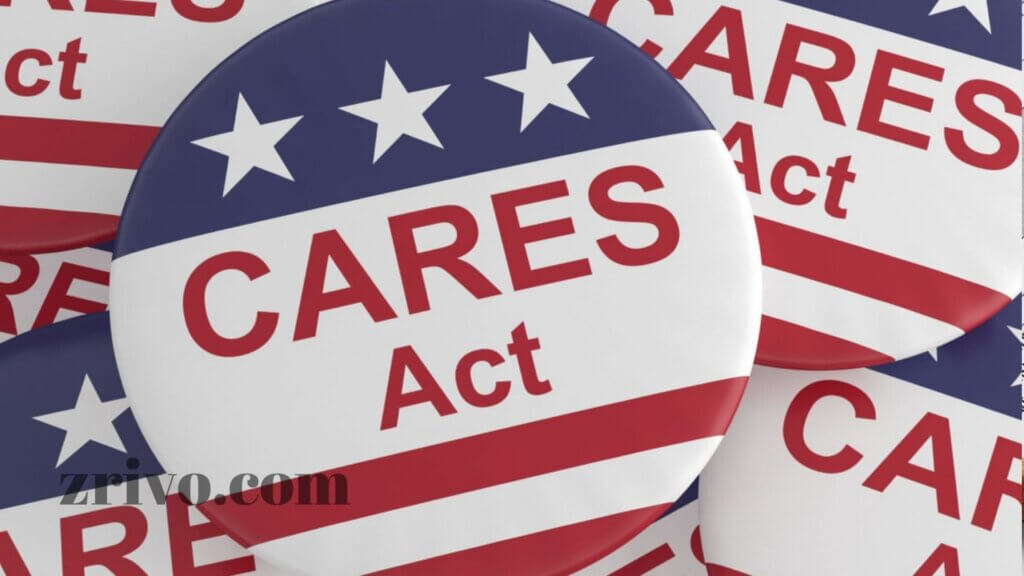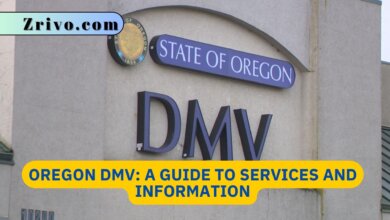Paycheck Protection Program
The government’s Paycheck Protection Program directed hundreds of billions toward keeping small businesses’ work forces employed and covering important overhead.

In the early days of the COVID-19 pandemic, Congress rushed to create a program that offered business owners simple-to-get, potentially forgivable government loans to keep their employees on the payroll. The Paycheck Protection Program, or PPP, was intended to prevent companies from gutting their workforces and adding to the country’s unemployment rate. Under PPP, businesses could receive eight weeks of cash flow assistance through 100% federally-guaranteed loans to cover payroll and other permitted costs. The loans would be forgiven if the company kept or quickly rehired workers and maintained their salary levels. Forgiveness was also reduced if the company’s full-time headcount decreased or suffered property damage from looting and vandalism.
The Small Business Administration’s Paycheck Protection Program, or PPP, is a $953 billion business loan program created by the Trump administration through the Coronavirus Aid, Relief, and Economic Security (CARES) Act. The program aims to help small businesses keep their employees during the COVID-19 pandemic by giving them eight weeks of cash flow assistance through 100% federally-guaranteed loans. The program is administered by the SBA and is available to any small business concern that meets SBA size standards or alternative size standard. There are currently 3,174 lending agencies certified with the SBA to release PPP loans. You can find a list of them here.

CARES Act
The Paycheck Protection Program was established as part of the CARES Act to provide forgivable loans to small businesses to cover payroll and qualifying non-payroll costs. The program is being administered by the Small Business Administration and private lenders.
Congress intended the PPP to accomplish two fundamental goals: to help impacted businesses cover their near-term operating expenses and incentivize them to keep workers on the job. To this end, the program requires that borrowers use at least 75% of loan proceeds towards payroll expenses. The rules also require that a borrower be able to demonstrate that they can repay the loan and avoid additional debt or leveraging of existing assets.
Borrowers are required to submit documentation verifying the number of employees during the covered period and other reimbursable costs. They must also certify that the business meets the size standards for this program and any affiliation regulations.
A reduction in the number of employees or salary will not reduce the amount of a forgivable loan, but it may affect eligibility for loan forgiveness. Furthermore, a borrower must apply to the lender for payment deferral and comply with all requirements and guidelines set by the lender.





